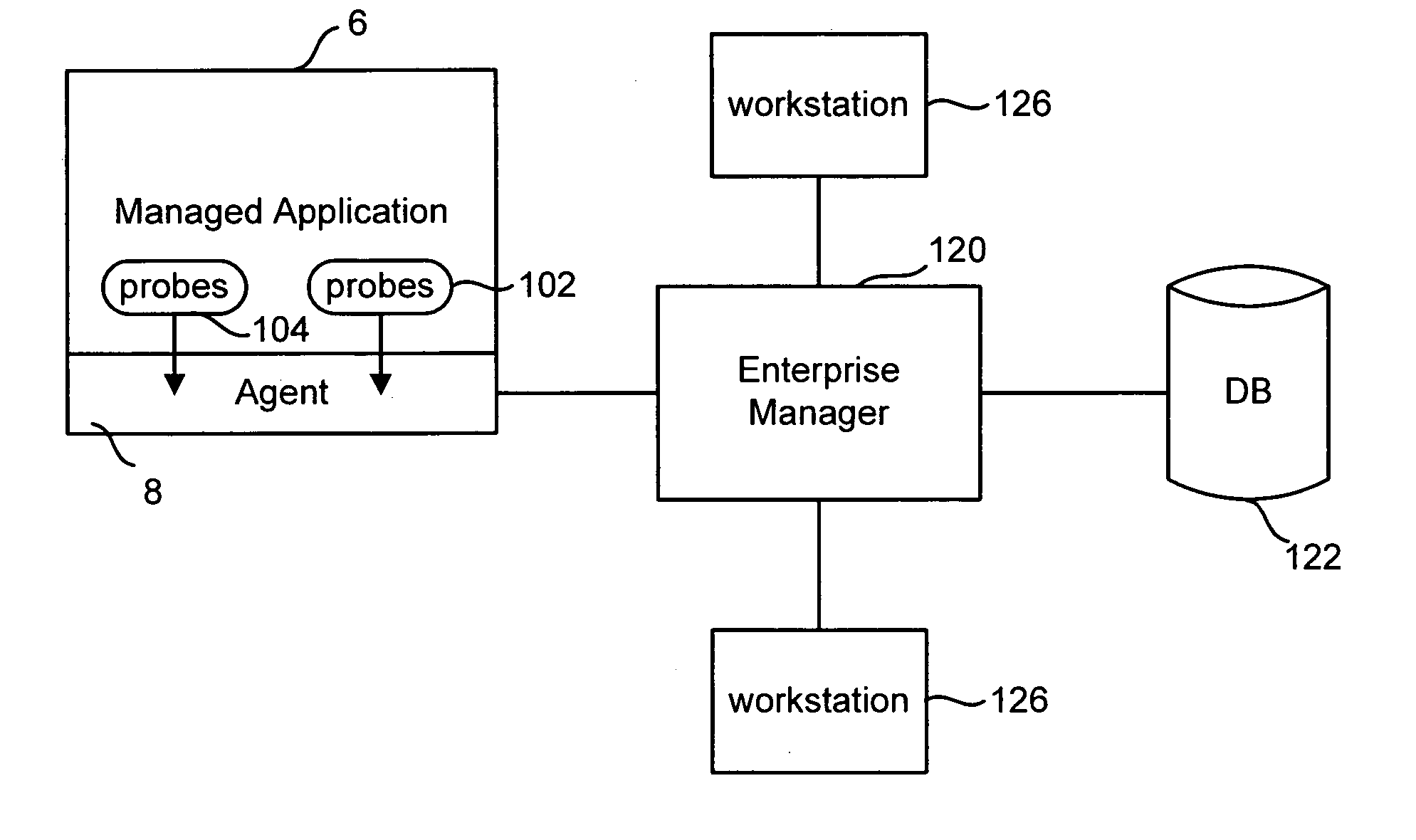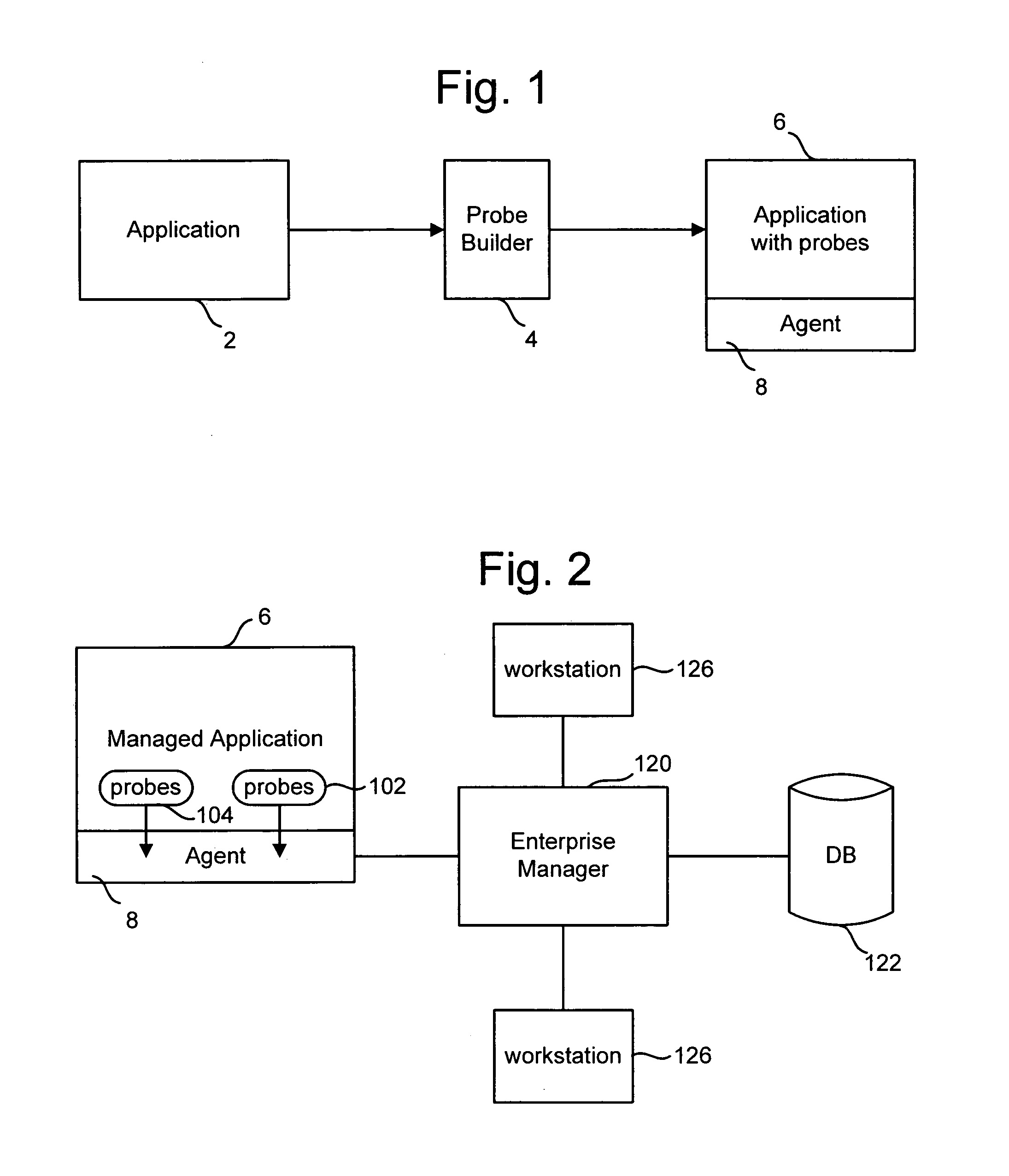Efficient processing of time series data
a time series and data technology, applied in the field of data processing, can solve the problems of business losing potential sales and/or customers, intranets and extranets, and it is difficult to determine which portion of software is responsible for poor performance, so as to reduce the number of requests and improve the performance during queries.
- Summary
- Abstract
- Description
- Claims
- Application Information
AI Technical Summary
Benefits of technology
Problems solved by technology
Method used
Image
Examples
Embodiment Construction
[0024] The technology described herein pertains to efficiently processing time series data. For example, technology is described for separating the demands of compact data and fast queries needed for long term storage from the desire to be able to write data quickly when received. This technology can be used with may different systems and types of data. In one embodiment, the time series data is generated by an application performance analysis tool which modifies object code of an application to be able to analyze the performance of the application. In other embodiments, the technology described herein can be used with systems other than application performance analysis tools. Prior to describing how the example system processes the data, a discussion will first be provided that explains the example application performance analysis tool which modifies the object code of the application to be monitored.
[0025] Object code can be generated by a compiler or an assembler. Alternatively,...
PUM
 Login to View More
Login to View More Abstract
Description
Claims
Application Information
 Login to View More
Login to View More - R&D
- Intellectual Property
- Life Sciences
- Materials
- Tech Scout
- Unparalleled Data Quality
- Higher Quality Content
- 60% Fewer Hallucinations
Browse by: Latest US Patents, China's latest patents, Technical Efficacy Thesaurus, Application Domain, Technology Topic, Popular Technical Reports.
© 2025 PatSnap. All rights reserved.Legal|Privacy policy|Modern Slavery Act Transparency Statement|Sitemap|About US| Contact US: help@patsnap.com



